
Why is Jack the Ripper famous? Jack the Ripper is known as one of the most brutal serial killers in the history of crime. The sinister motives and methods of serial killers make them some of the most terrifying individuals ever.
The thought that gives me chills is that you can never know who’s a serial killer. He could be any common man residing amongst you, which is the scariest characteristic of a serial killer.
The killer might be someone you could trust yourself with or your child. The first man who succeeded in making headlines for his dreadful deeds was the man we all know as Jack Ripper.
One of England’s most famous mysteries is- Jack the Ripper
He’s responsible for the murder of 5 prostitutes in London’s east end in 1888. But the question is-
Who Was ”Jack the Ripper”?
From August 7 to September 10, 1888, this name (Jack the Ripper) terrorized the Whitechapel district in London’s east end.
He murdered five prostitutes within a mile, involving the Whitechapel districts, Aldgate, Spitalfields, and London.
Regardless of many investigations, his name and motives were still unknown.
The name Jack the Ripper came from a letter written by someone who claimed to be the killer and shared it during the time of the murders.
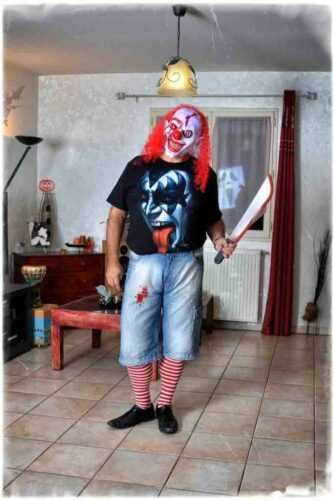
The letter was widely believed to be just a hoax and expected it to be written by a journalist to intensify interest in the story and to increase the distribution of their newspapers.
Jack the Ripper’s murder involved female prostitutes who worked and lived in the slums of the east end of London. The bodies were found brutally mutilated and throats severed.
At least three of the victims had their organs taken out, which led to the conclusion that whoever killed those three victims must have had good anatomical knowledge.
Jack the Ripper Victims
It’s not quite sure how many victims were murdered by the same person that time of the year.
11 separate murders from April 3, 1888, till 13, 1891, were incorporated into London metropolitan police service, known as Whitechapel murders.
The canonical five are- Annie Chapman, Mary Ann Nicholas, Elizabeth Stride, Mary Jane Kelly, and Catherine Eddows.
Annie Chapman
Mary Ann’s body was discovered at 3:40 AM on August 13, 1888. Two cuts were chopped off her throat, and the lower inside part was partially ripped open by a ragged, deep wound. The knife made several cuts on the abdomen.
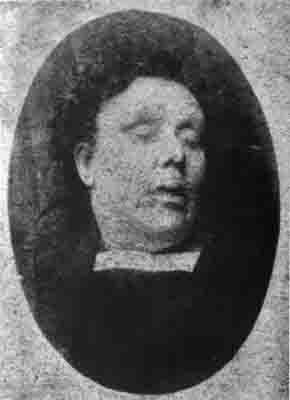
September 8, 1888, in the backyard of Spitalfields. In this case, the abdomen was cut entirely open; upon further investigation, the police discovered that the uterus had been removed.
While investigating, one witness reported seeing Annie Chapman at 5:30 AM with a dark-haired man dressed shabbily.
Both Elizabeth and Catherine were killed on the same day, September 30, 1888.
Catherine’s body was discovered at 1:00 in the morning in Whitechapel. There was one clear-cut slit that severed the main artery of the neck on the left side.
However, there was no mutilation to the abdomen, which led to few doubts about whether the killer of Elizabeth was Jack the Ripper or not, or maybe he was interrupted during his attack.
Catherine’s body was discovered in London 3 hours after Elizabeth’s. A significant part of the uterus is removed along with the left kidney.
During the investigation, a local man stated to the police that he saw the two women just before the murder with a fair skin tone and a dark-haired man with one of the women.
Kelly’s murder was the most brutal of all four victims. Her mutilated body was found lying on the bed at 10.45 am on November 9, 1888, at Spitalfields. The heart was missing too.
Mary Ann Nicholas

Mary Ann Nichols, also known as Polly Nichols, was a woman who lived in London in the late 1800s.
She had five children to take care of and had no choice but to work as a prostitute to support her family.
Unfortunately, she was brutally murdered by the infamous serial killer Jack the Ripper in 1888.
Her murder was the first in a series of killings that terrorized London.
Despite many investigations, the identity of Jack the Ripper has never been conclusively proven, leaving Mary Ann’s murder and those of the other victims unsolved mysteries.
Elizabeth Stride
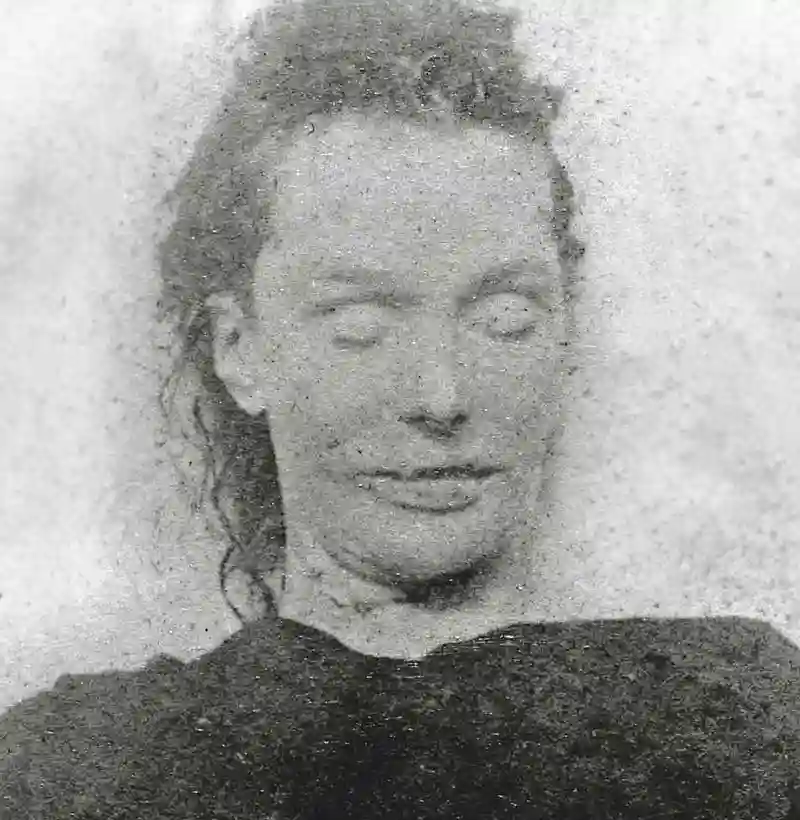
Elizabeth Stride was a woman who lived in London during the late 1800s.
She was a Swedish immigrant who worked as a prostitute in the Whitechapel district.
On September 30, 1888, she was found murdered in Dutfield’s Yard, with her throat slit.
Her murder was the same night as another one attributed to Jack the Ripper, but some experts believe that Stride may not have been a Ripper victim because her injuries were less severe than those of the other victims.
Mary Jane Kelly

Mary Jane Kelly was a young woman who lived in London in the late 1800s.
She worked as a prostitute in the Whitechapel district and is widely believed to have been the final victim of Jack the Ripper.
On November 9, 1888, her mutilated body was found in her small room in Miller’s Court. Her death and those of the other Ripper victims remain a mystery.
The killer’s true identity has never been clearly determined.
Jack the Ripper Facts
Psychologists assumed that he hated women and saw them as worthless and peasants. According to the psychologists, his hatred was beyond recognition, which could be why he destroyed the victims‘ faces to ruin their identities.
For some, he was a maniac suffering from mental illness, so he murdered those victims gruesomely and removed their organs from the body.
- In 2006 a sketch of his was prepared, and till now, detectives are investigating Jack the Ripper’s identity.
- In 1993, legendary Morrissey, the Smiths’ frontman, recorded a song called Jack the Ripper.
- which was on his live album ” Beethoven was deaf.” There’s also a French rock group known as Jack the Ripper.
- According to IMDB, the Ripper titled Jack made 2 tv series and at least seven movies. In 2006 a sketch of his was prepared, and till now, detectives are investigating Jack the Ripper’s identity. For Jack the Ripper movie click here.

5 famous places near Jack the Ripper Crime Scene
If you’ve been to a place where Jack the Ripper killed women and want to find interesting things to do nearby, here are some suggestions:
- Whitechapel Gallery
- Buckingham Palace
- Old Spitalfields Market
- Tower of London
- The British Museum
Whitechapel Gallery
The Whitechapel Gallery is an art gallery that can be found in Whitechapel, London. It opened in 1901 and was one of the first publicly funded galleries in the city to feature temporary exhibitions.
The architect Charles Harrison Townsend designed the building, known for its modern British style. 2009 the gallery became larger by including the nearby Passmore Edwards library building.
It showcases modern artists’ artwork and arranges exhibitions focusing on artists’ work from previous times.
Buckingham Palace
Buckingham Palace is the residence where the King or Queen of the United Kingdom lives and works in London. Located in the City of Westminster, it is used for special events and hosting important guests.
The palace is significant to the British people as a place for celebrations and mourning.
Originally known as Buckingham House, it was constructed in 1703 as a home for the Duke of Buckingham.
In 1761, King George III acquired it for Queen Charlotte, and it was renamed The Queen’s House. Architects John Nash and Edward Blore expanded the palace during the 19th century by adding three wings around a central courtyard.
In 1837, Queen Victoria established Buckingham Palace as the official royal residence in London.
Old Spitalfields Market
Old Spitalfields Market is a covered market located in Spitalfields, London. It has a fascinating and extensive history that spans over 350 years. In 1991, another market called New Spitalfields Market was established in Leyton, where people traded fruits and vegetables.
The market changed in 2005 and now includes new public spaces called Bishops Square and Crispin Place, which are part of the modern Spitalfields Market. Every day, different markets are held there, providing a variety of small local stores, restaurants, and new office buildings.
You can locate Old Spitalfields Market in the London Borough of Tower Hamlets, near the City of London. The closest subway and train station is Liverpool Street.
Tower of London
The Tower of London is an ancient stronghold located in the heart of London. Having an intriguing and extensive history, the Tower of London was constructed in the 10th century by William the Conqueror. Over time, it has fulfilled various roles, including being a royal residence, prison, and treasury.
Notable prisoners, such as Anne Boleyn, were held there. The Tower of London is renowned for its Crown Jewels and the impressive White Tower. Today, it remains a favored attraction for tourists who can explore its grounds, observe the Changing of the Guard, and delve into England’s rich heritage.
As a site recognized by UNESCO as a World Heritage, the Tower of London holds deep cultural significance for England. People from around the world visit to discover its history and unique exhibits.
It serves as a place of preservation, keeping the stories of the past alive and reminding us of significant events that occurred long ago.
The British Museum
Situated in London, the British Museum is a renowned institution that exhibits human history, art, and culture. Its collection comprises over eight million objects from various civilizations, such as Egypt, Greece, Rome, Mesopotamia, Asia, Africa, and the Americas.
Among the notable attractions are the Rosetta Stone, Elgin Marbles, and Egyptian mummies. In addition to preserving valuable artifacts, the museum actively contributes to research and education, offering captivating insights into the evolution of human civilization.
With its captivating architectural style and extensive collection, the British Museum draws millions of visitors annually. It is a significant cultural institution of global importance, aiming to foster cultural understanding through its exhibits and educational initiatives.
By showcasing the diverse tapestry of world cultures and civilizations, the museum highlights the significance of safeguarding and appreciating our shared human heritage.
Some Activities to Do Near the Jack the Ripper Crime Scene
You’ll find abundant enjoyable activities near Whitechapel, Spitalfields, Aldgate, and throughout London. Here are some suggestions:
- Explore Brick Lane: Visit the vibrant Brick Lane in the heart of Whitechapel, known for its lively atmosphere, street art, and diverse culinary scene. Indulge in delicious international cuisine, browse vintage shops, and discover unique art galleries.
- Visit the Whitechapel Gallery: Immerse yourself in contemporary art at the Whitechapel Gallery, located in Whitechapel. Explore thought-provoking exhibitions, attend art talks and workshops, and discover emerging artists worldwide.
- Wander through Spitalfields Market: Experience the bustling atmosphere of Spitalfields Market, where you can find a mix of independent boutiques, market stalls, and trendy food vendors. Shop for unique fashion and handmade crafts, and sample delicious street food.
- Experience nightlife in Shoreditch: Venture to the neighborhood of Shoreditch, known for its vibrant nightlife. Discover trendy bars, live music venues, and stylish clubs that offer a mix of entertainment and socializing.
- Stroll along the Thames River: Take a leisurely walk along the Thames River, soaking in the picturesque views of London’s iconic landmarks, such as Tower Bridge. Enjoy the vibrant atmosphere, or hop on a river cruise for a different city perspective.
5 Best Hotels To Book Near Jack the Ripper Crime Scene
- hub by Premier Inn
- ibis London City – Shoreditch
- Holiday Inn London
- Hotel Indigo London
- Whitechapel Grand
FAQs
He was put to death in Scotland for murdering his wife, Ellen. The police suspected he was the infamous Ripper due to the similar killings of five women, which led to his suspicion since 1889.
The true identity of Jack the Ripper was identified as a 23-year-old Polish barber named Aaron Kosminski earlier this year. DNA evidence found on a shawl near Catherine Eddowes’ body helped in the discovery.
The suspects are :
Montague John Druitt, Aaron Kosminski, Francis Tumblety, Joseph Barnett, James Maybrick, Thomas Neill Cream, Walter Sickert, William Henry Bury, George Chapman, Michael Ostrog, Prince Albert Victor, Frederick Bailey Deeming, Carl Feigenbaum, Thomas Cutbush, John Pizer, Mary Ann Nichols, Elizabeth Stride, George Hutchinson, James Kelly, Sir John Williams, Francis Spurzheim Craig, Sir Melville Leslie Macnaghten, David Cohen and Catherine Eddowes.
The man was around 5 feet, 5 inches tall, and looked about 30 years old. He had dark hair, a fair complexion, and a small brown mustache. He had a round face and wide shoulders and seemed a bit drunk.
The letter containing the boast was sent to “The Boss, Central News Office, London, City”. It said, “Dear Boss, I hear the police have caught me, but they won’t reform me so easily. I laugh at how they think they’re smart and talk about being on the right path.”
Some famous restaurants near the crime scene:
1. Efes Restaurant (Whitechapel)
2. VQ Aldgate
3. Ottolenghi Spitalfields
4. HIDE (London)
5. Happy London
Read also:




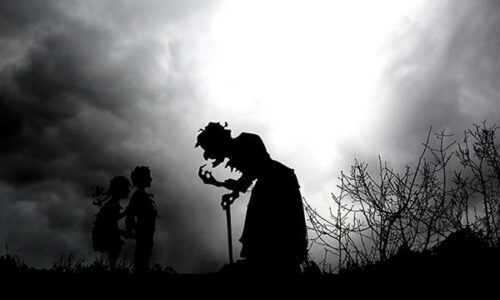

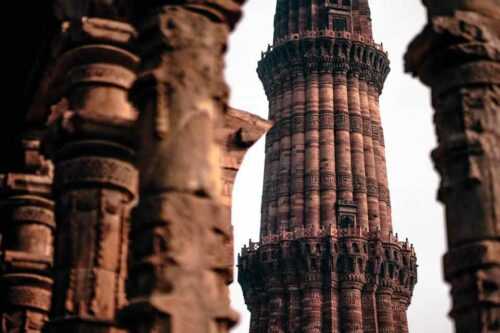
Really great post, I hope to see many more like this!
Your post is very helpful all key is working on my pc; thanks for sharing.
Very nice article; I found it very useful . Even though I have this excellent website, Good quality windows and doors are essential for any workplace.
Nice post sir. Thank you for sharing with us.
I am happy for sharing this blog it’s an awesome blog I was really impressed. thanks for sharing.
Nice article, Man Keep up the good work. And I would like to be here again to find another masterpiece article. Thanks.